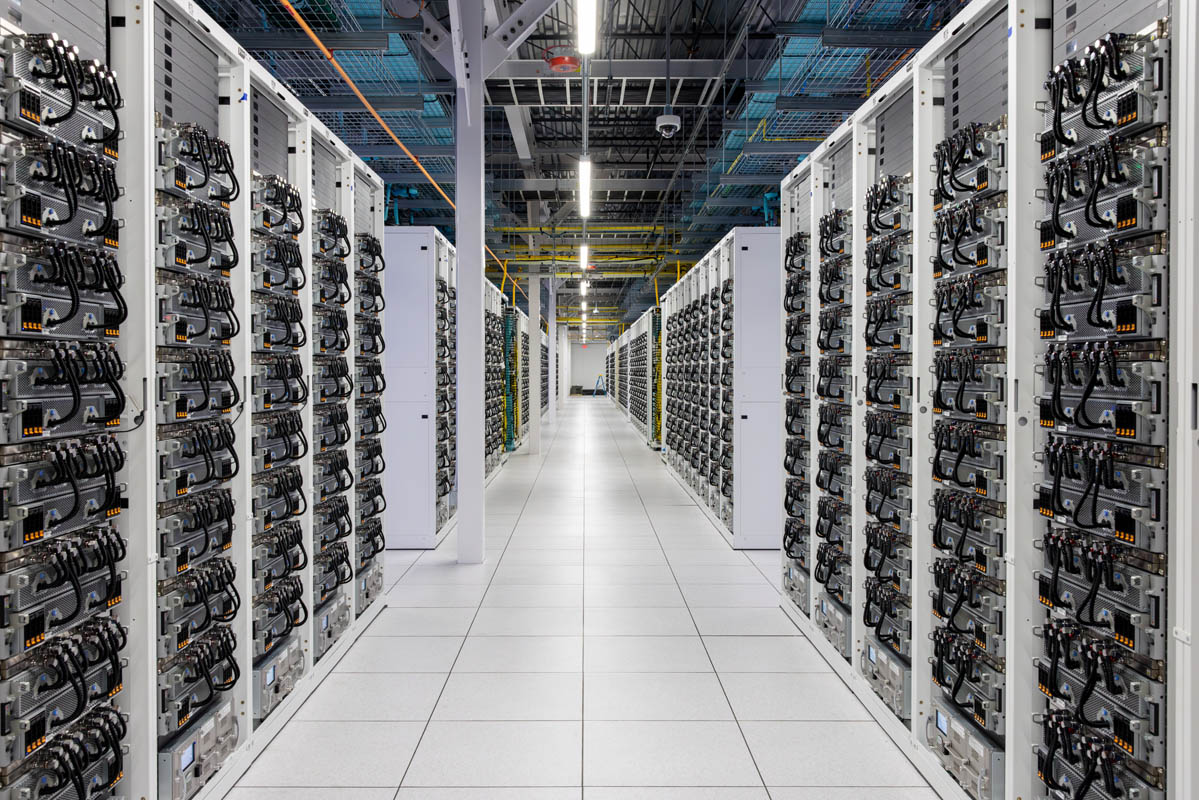
As artificial intelligence (AI) transforms everything from healthcare and finance to energy andmanufacturing, the infrastructure powering this revolution is expanding at unprecedented speed.AI data centers are scaling rapidly—bringing dense, specialized hardware online at a pace theworld has never seen before.
But behind the innovation lies a growing challenge: the rapid turnover of AI computing systemsis generating an accelerating wave of electronic waste (e-waste), packed with critical resources,sensitive data, and complex material compositions that demand smarter end-of-life strategies.
High-performance computing environments must evolve constantly to support increasinglydemanding AI workloads. That means regular upgrades to GPUs, servers, network components,and storage systems—all of which are being replaced more frequently than in traditional ITenvironments.
By 2030, AI-related infrastructure is projected to produce between 1.2 and 5 million tonnes of e-waste annually—potentially accounting for up to 12% of the world’s total e-waste.
This isn’t just an environmental concern—it’s a supply chain, regulatory, and cost managementissue for the global tech ecosystem.
AI data centers are built from thousands of parts, each containing valuable (and often hazardous)materials that can either be lost as waste or recovered as future assets. Here’s what’s inside:
The complexity and volume of this hardware underscore the importance of efficient, secure, and environmentally sound decommissioning and resource recovery.
We’ve developed a closed-loop electronics recovery model designed to meet the growing needs of AI operators, cloud providers, and OEMs looking to manage IT asset disposition at scale. Our approach includes:
AI-assisted scanning systems identify plastics, metals, and co-polymers at the molecular level, allowing for precise separation and downstream reuse.
We recover and refine materials such as lithium, cobalt, gold, silver, and rare earth elements, reducing reliance on virgin mining and improving supply chain resilience.
We ensure complete chain-of-custody and certified data destruction, while meeting leading global standards for IT asset disposition and environmental compliance.
Recovered materials are redirected back to OEMs, manufacturers, and suppliers—closing the loop and enabling truly circular production cycles for future devices and AI hardware.
This is more than recycling—it’s a necessary evolution of how we manage high-tech infrastructure. With the AI sector growing exponentially, the ability to scale hardware decommissioning, resource recovery, and traceability is essential.
Forward-thinking enterprises and manufacturers are already partnering with advanced electronics recovery solutions to future-proof their operations, meet ESG targets, and unlock new value from legacy hardware.
The future of AI infrastructure isn’t just about building smarter—it’s about recovering smarter too.